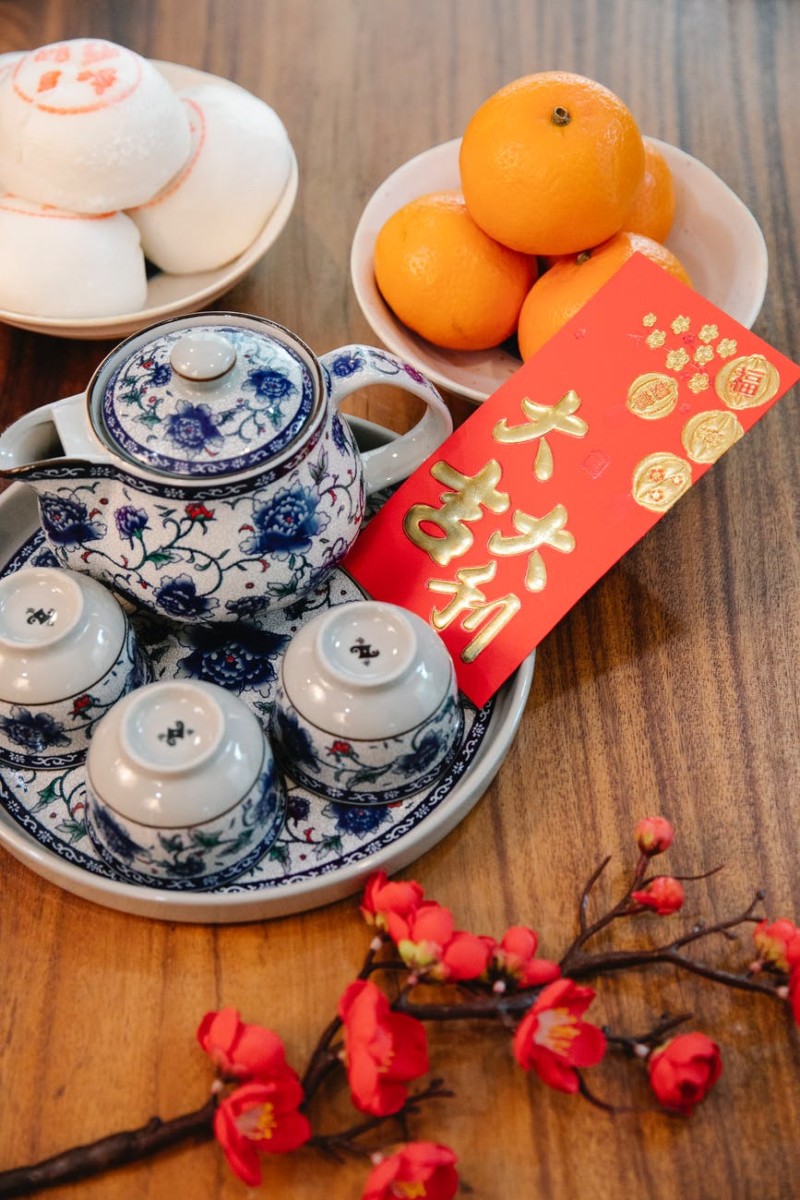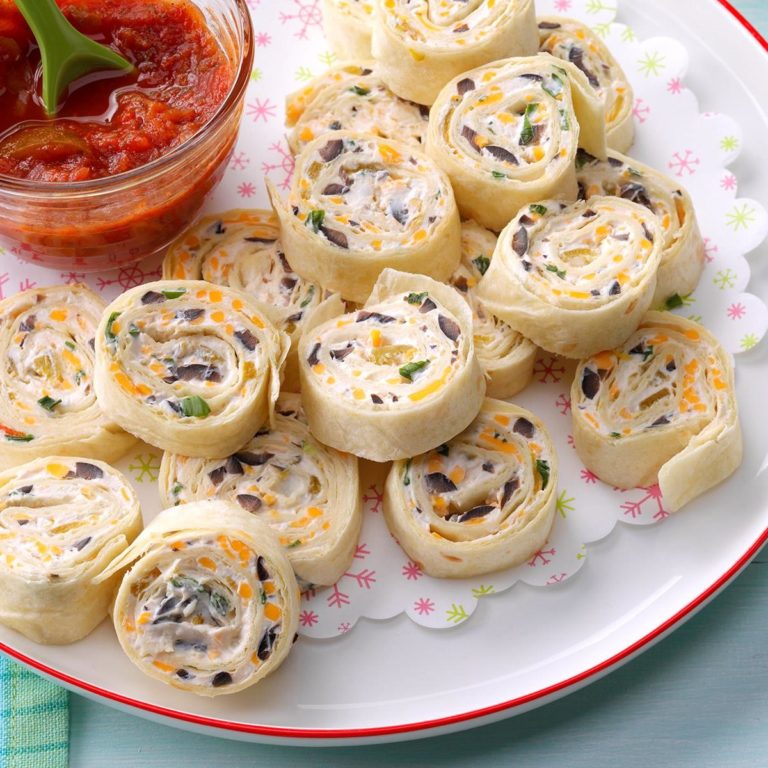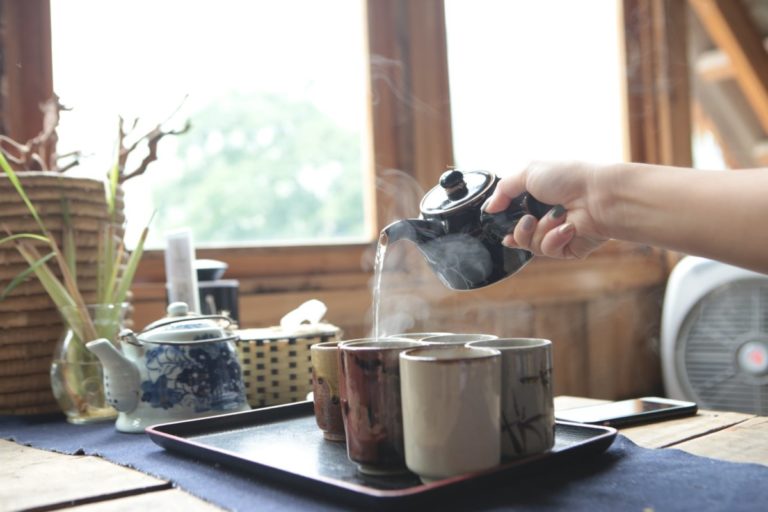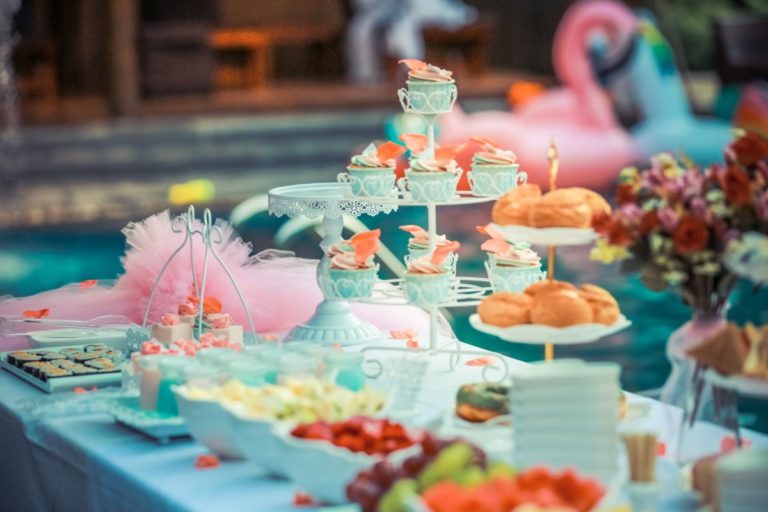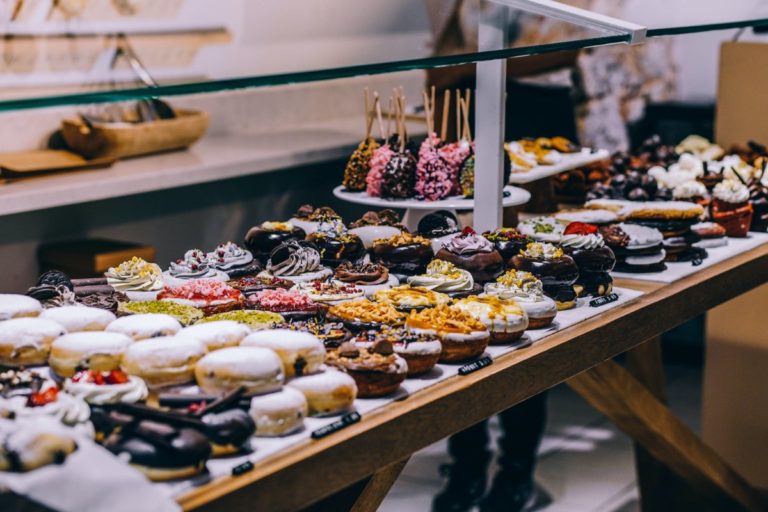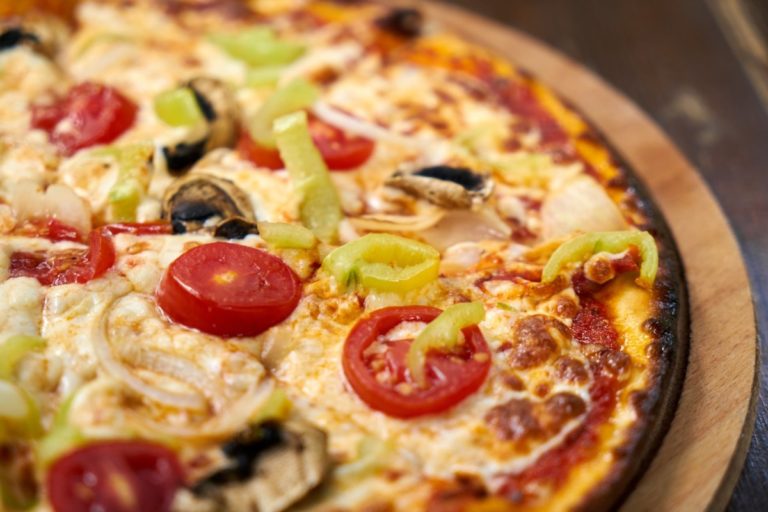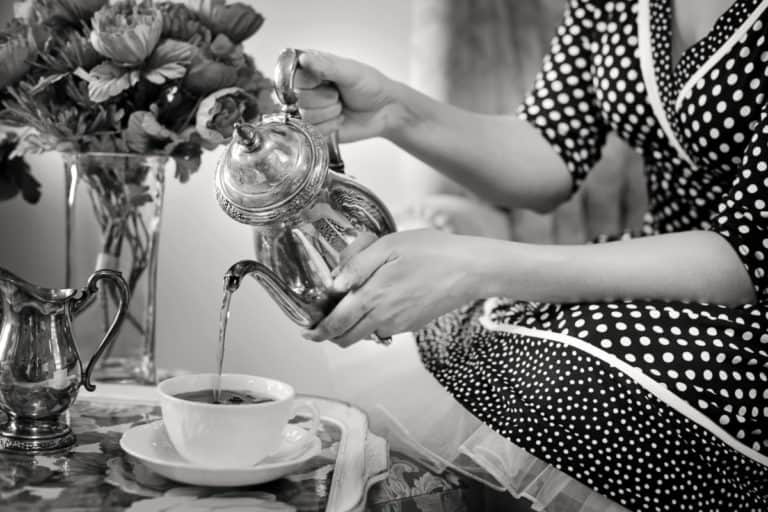How To Become A Tea Drinker? Best Chinese Tea Knowledge For Beginners
What are the kinds of tea? Why are they different?
Tea comes from the Camellia sinensis plant and is made from the leaves and buds of that plant. In the United States, the preparation of tea may also refer to the practise of infusing herbs in water. shrub of the Camellia sinesis species
The four most common kinds of tea are black, oolong, green, and pu erh. White tea is the fifth most common form. To further cloud the issue, the term “oolong” may refer to both the tea and the production method. The Camellia sinensis plant is responsible for all five varieties of tea. The production method as well as the processing method for each variety are what define the kind of tea and the taste.
Five main Camellia sinesis tea types
- White tea: Unwilted and unoxidized
- Green tea: Wilted and unoxidized
- Oolong: Wilted, bruised and partially oxidized
- Black tea: Wilted and sometimes crushed, and fully oxidized
- Pu-erh: Post fermented tea green tea that has been allowed to ferment like compost
Interesting Canellia sinesis teas
- Milk tea: Black or green tea with real milk infused in the process.
- Blooming tea: Generally jasmine scented tea formed in the shape of a ball with flowers sewn in.
Non teas called teas in America
- Herbal tea usually refers to a tisane (any tea that is from a herb that is not from the Camellia sinesis herb plant) some examples; chamomile, lemon balm, peppermint, and spearmint.
- “Red” tea rooibos ( pronounced roy-bos- Jill likes to remember the pronunciation by saying Roy’s your boss). Rooibos is a herbal plant from South Africa sometimes called red bush or bush tea as well as red tea. Unlike tea, rooibos does not get bitter with longer steeping. Boiling the South African herb actually brings out the sweet flavor.
How much tea should I use to make one cup of tea?
- For traditional brewing, one teaspoon of tea is recommended for each cup of water.
- If you are brewing herbs or tisanes, you may want to use a heaping teaspoon of herb per cup.
- In larger teapots, the English rule is; One teaspoon per 6 ounces cup of water and one teaspoon for the teapot.
- Some compressed teas like Pu-erh are 45 to 1; So a small cake may yield a quart of tea.
- Large blooming tea balls require about one quart of water to start.
What is a blooming tea?
A delicate flower blooms inside this ball tea just before tiny flowers slowly cascade upward like Champagne bubbles. The flowers add their enlivening fragrance and strong taste to this delectably smooth green tea. This ball offers one of the most artful spectacles in tea. This blooming tea has an original shape of a tiny ball and when put in boiling water a bouquet of tea leaves and flowers. The aromas of both flowers and tea leaves are very well preserved and these exceptional teas develop a wonderful flavor and create at the same time a beautiful “table decoration”.
Once dropped into a glass of hot water, this ball tea unveils a broad flower followed by the sudden eruption of a flower plume, which is actually flowers sewn together end to end. The golden liquor yields a full-bodied flavor intensified by the large beautiful bloom. Let the blooming tea brew for at least 10 minutes, a longer brewing time will not spoil the tea, on the contrary, the flavour will rather improve. One piece of blooming tea can be used twice with approximately two cups of water each time.
100% natural, no additives.
How to be an eco-friendly tea drinker?
Much of what we see and feel today reminds us that the earth and its environment are something to be protected and saved for future generations. Green companies remind us that we have an option when we buy our products.
- choose loose tea packaged without a teabag in an Eco-friendly bag.
- choose tea packaged in a fabric bag that can be reused over and over again.
- choose Yixing teapots that do not require soap and extra water to clean.
- choose accessories like tea balls that can be used over and over again without contributing to the land fill.
- choose vintage teapots to help us appreciate our past and value reuse.
- choose glass and clay teapots made without unwanted chemicals and glaze that can be safely and easily recycled into the environment.
- choose tea tins offered as an option rather than a primary source of packaging keeping the excess metal out of our landfills.
- choose Yixing teapots that keep tea hot longer saving fuel to reheat.
- choose natural herbs and teas that can safely and easily be recycled into the environment
